Liopleurodon
Name Origin
Smooth-Sided Tooth
Family
Pliosauridae
Classification
Reptilia, Diapsida, Sauropterygia
Habitat (Discovery Location)
United Kingdom, France, Germany, Russia
Period
Approximately 160 to 155 million years ago (Middle to Late Jurassic)
Length
Approximately 5 to 7 meters
Weight
Approximately 1 to 1.7 tons
Diet
Piscivore (Fish-eater)
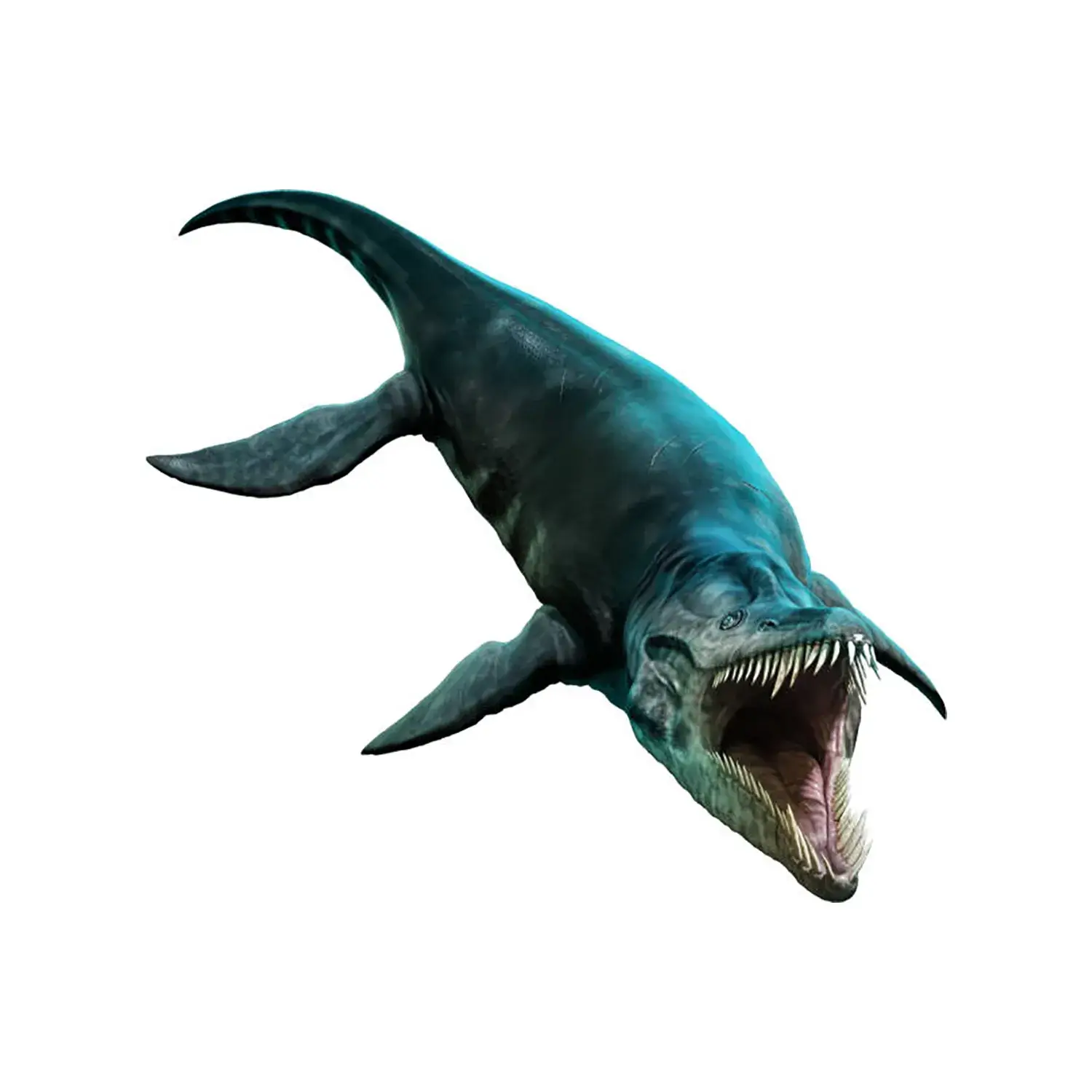
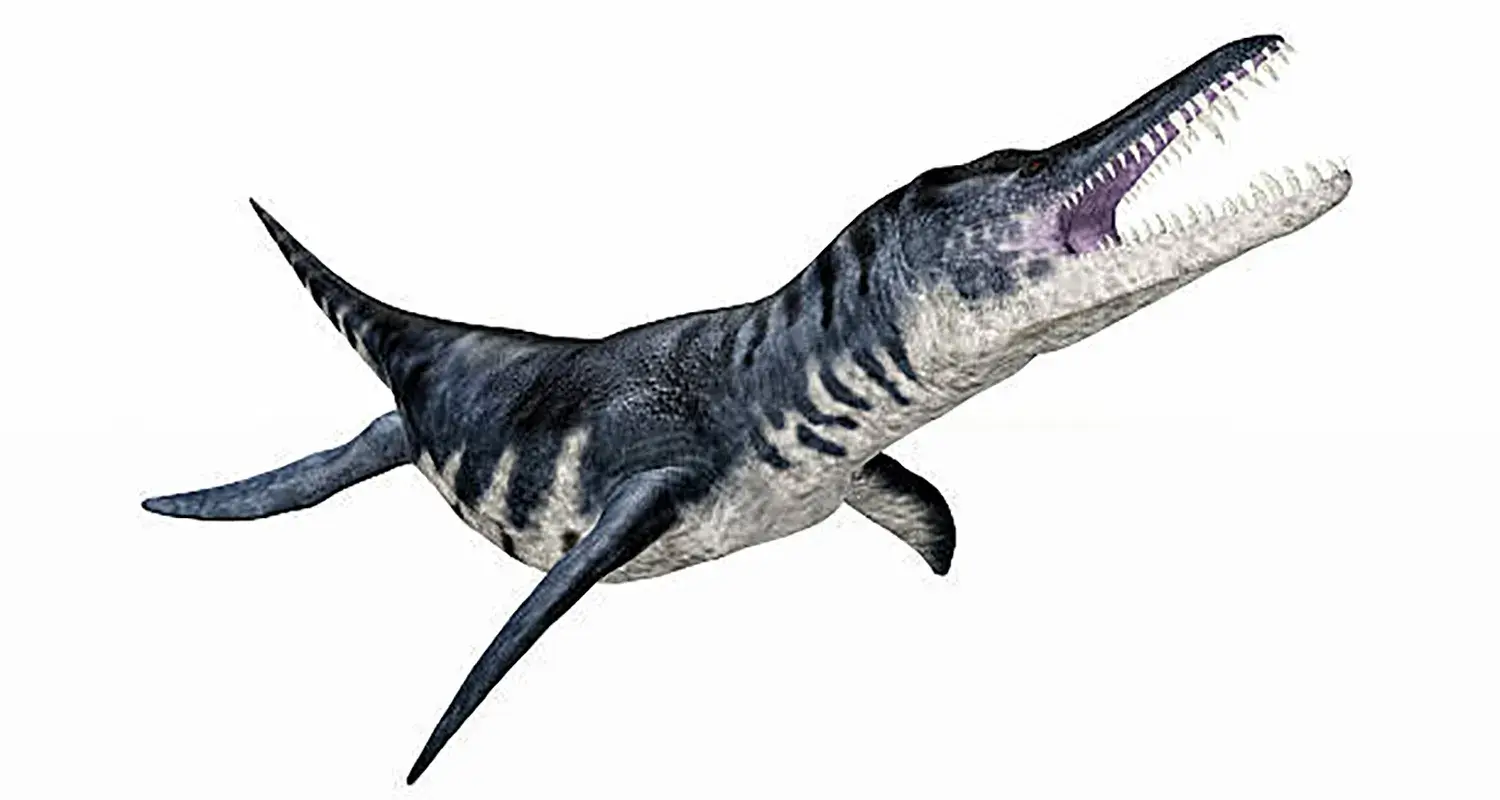
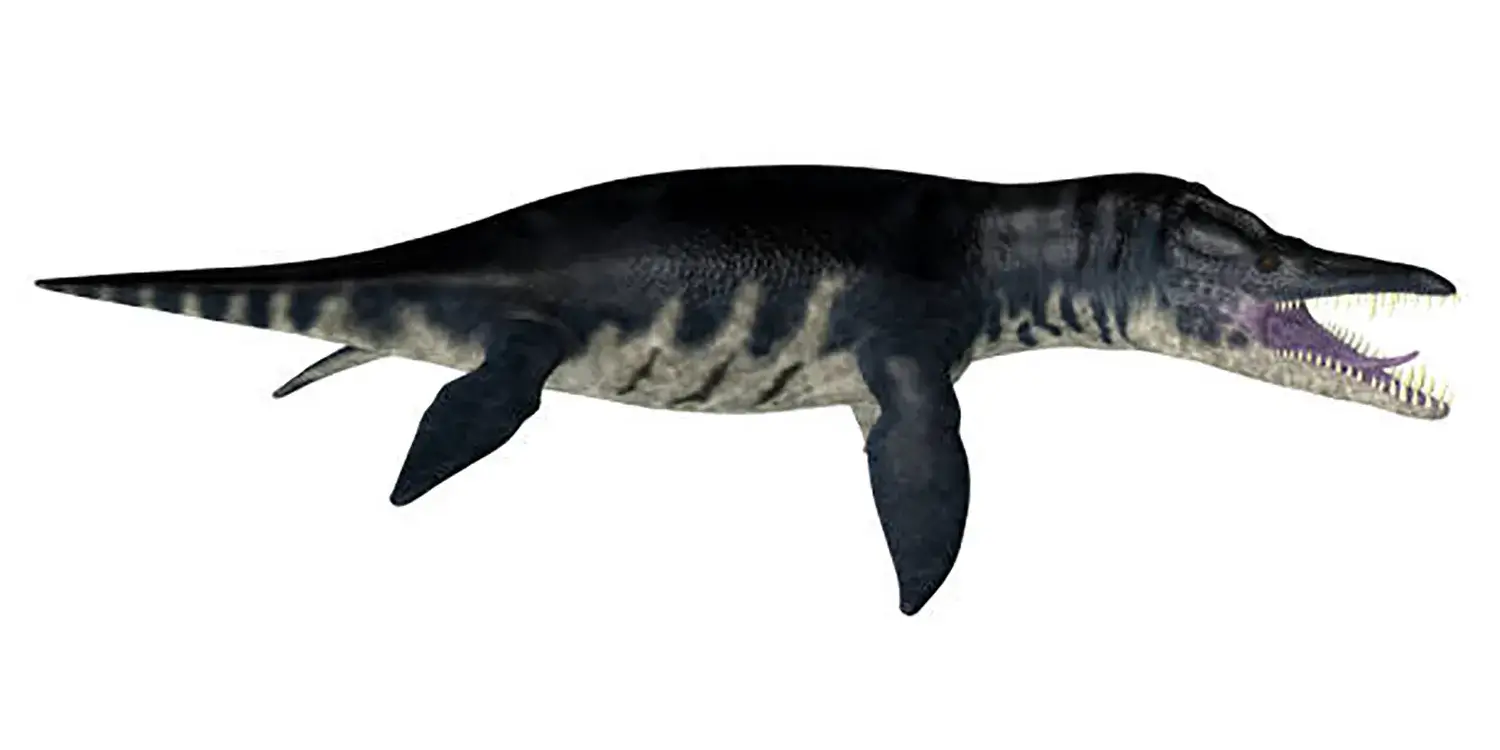
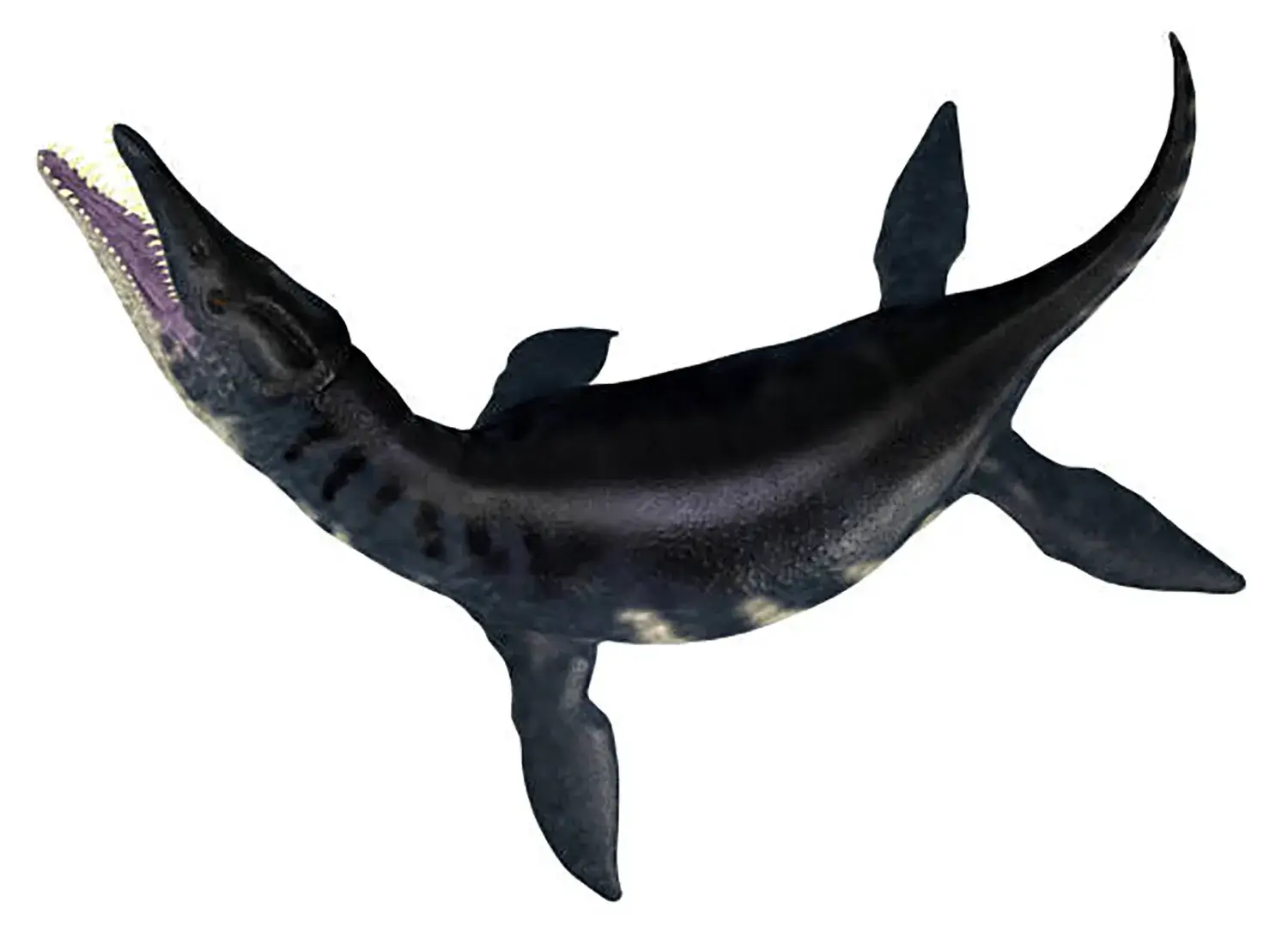
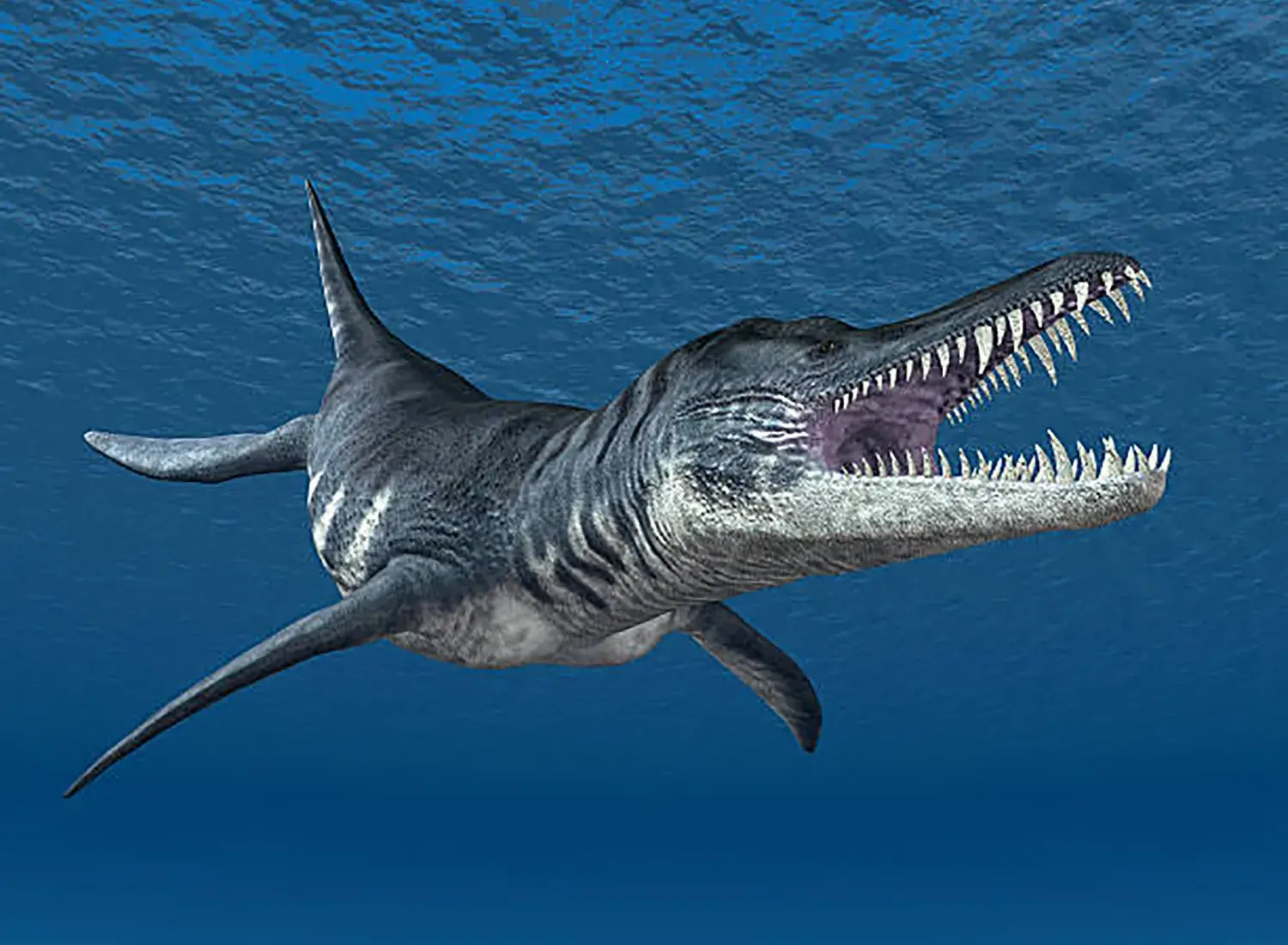
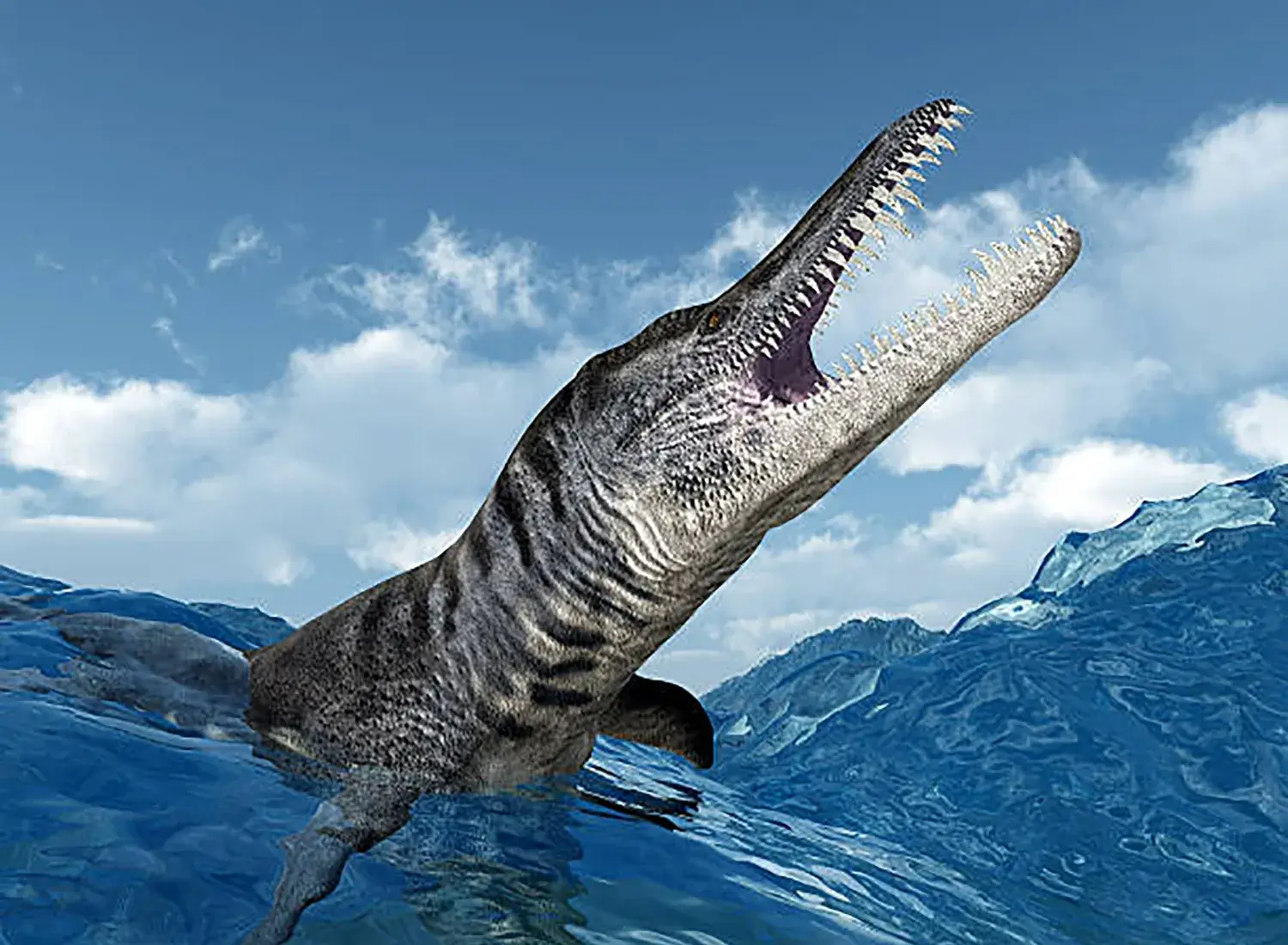
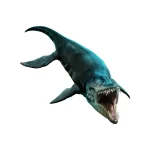
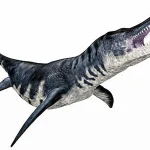
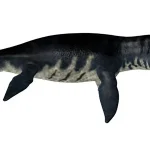
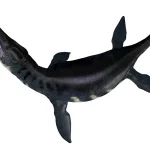
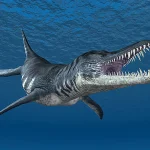
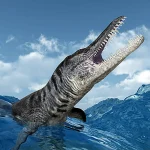
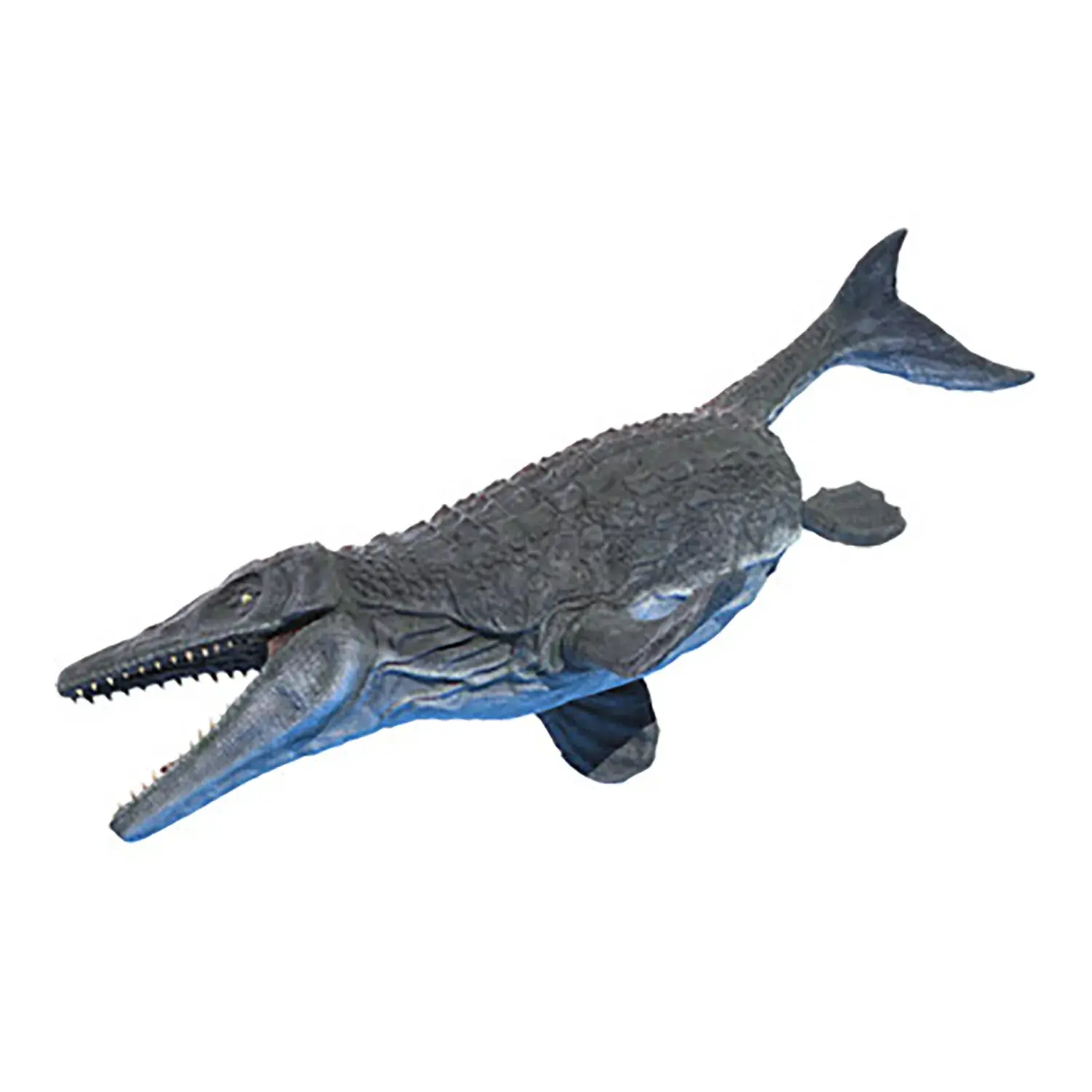
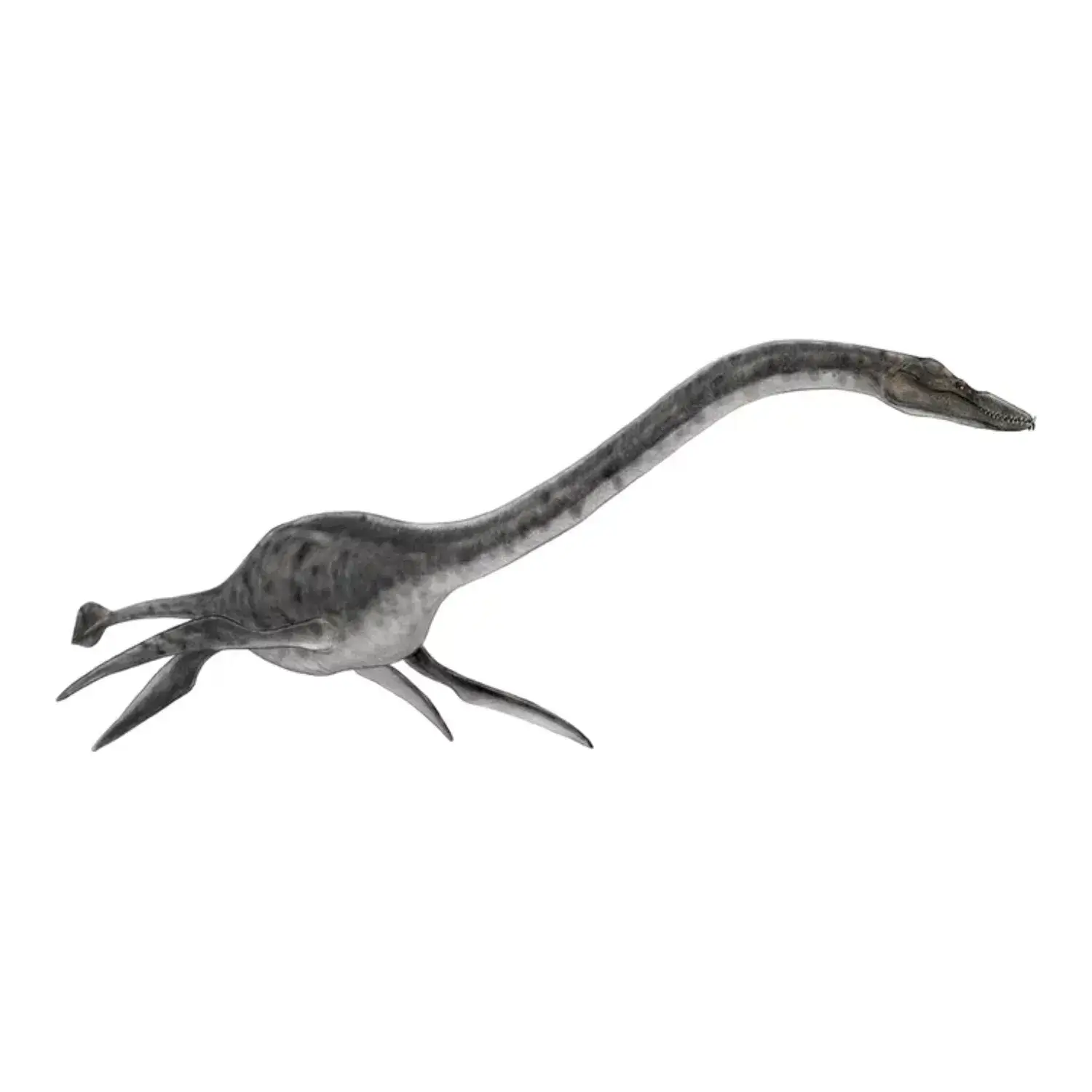

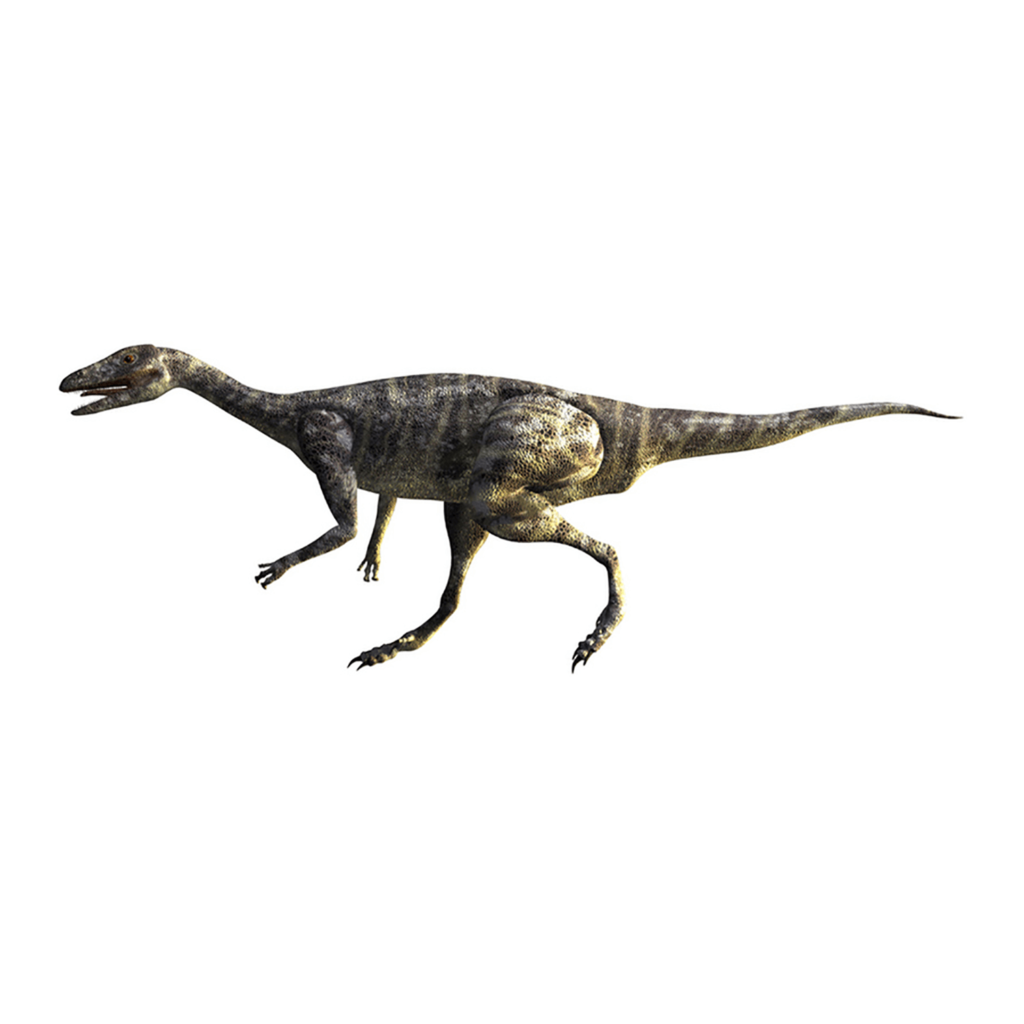
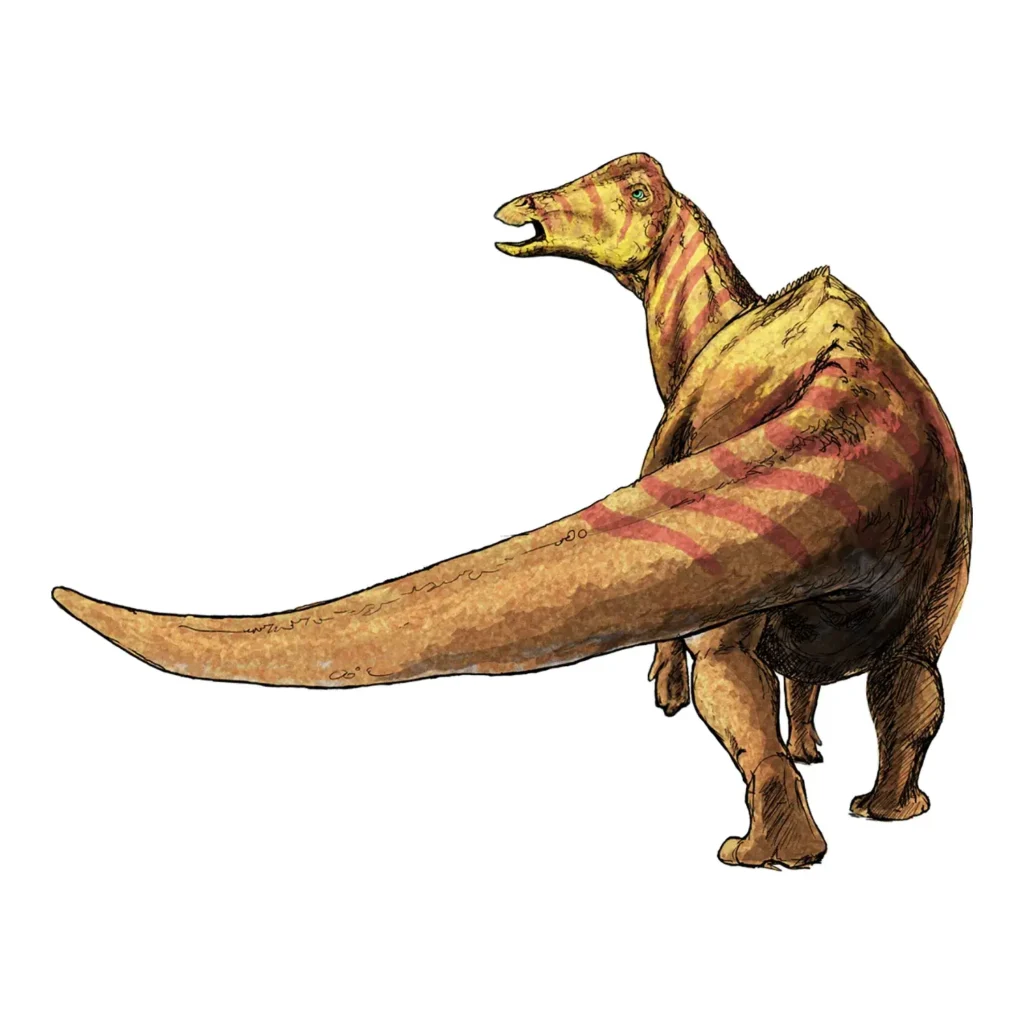
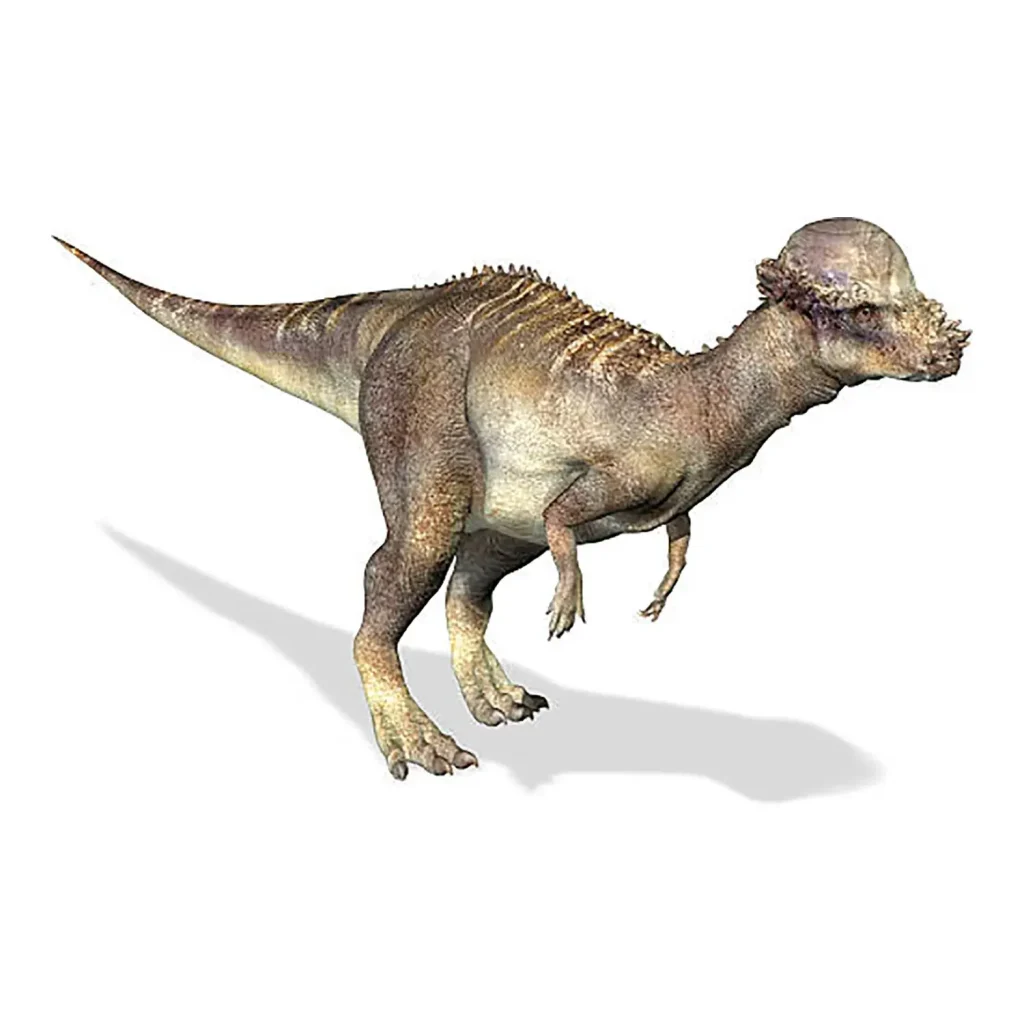
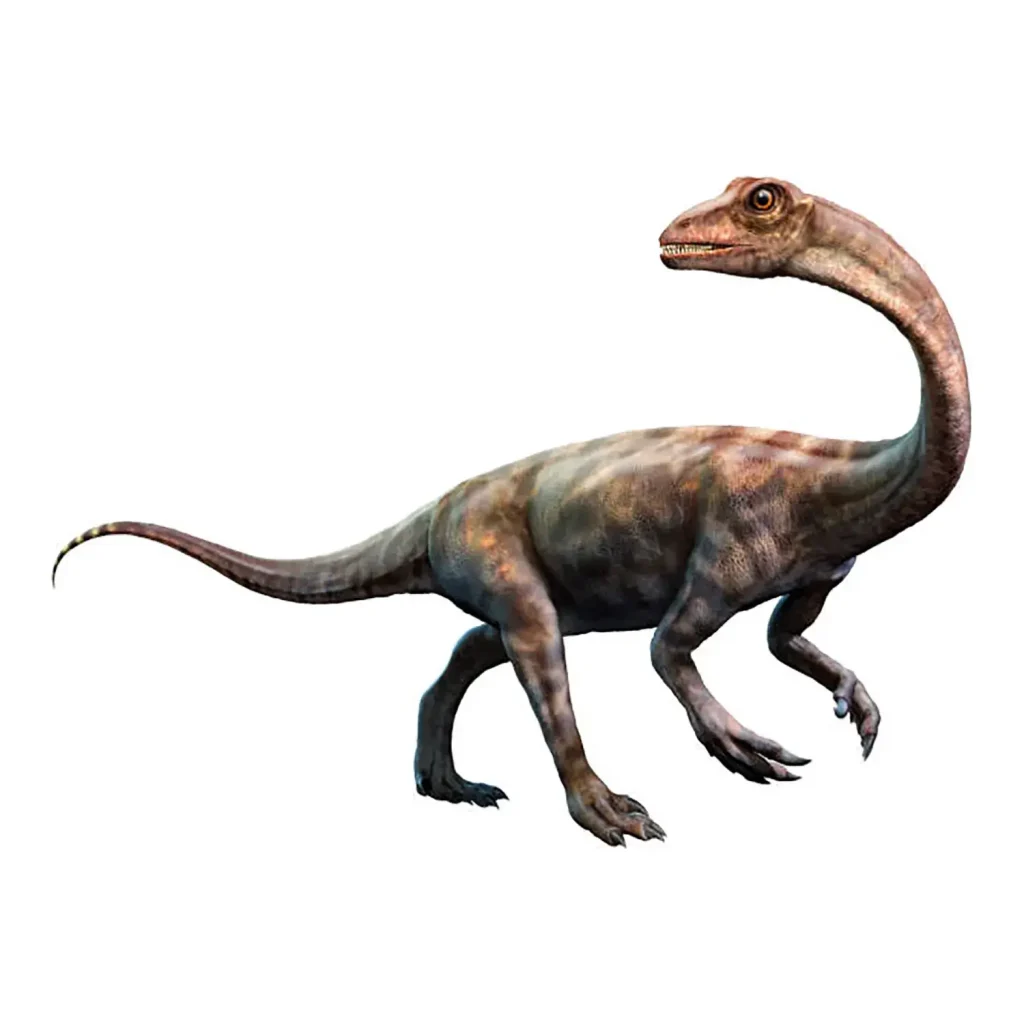













Description
Liopleurodon was a species of plesiosaur that swam the European seas during the Middle to Late Jurassic periods.
Its name means “smooth-sided tooth,” and it was a giant, ferocious predator that sat at the top of the food chain in its time.
Overwhelming Jaw Power and Hunting Secrets
Liopleurodon was a plesiosaur with a short neck and a large head, a body shape similar to Mosasaurus.
A Plesiosaur with a Body Shape Similar to Mosasaurus.
Powerful Weaponry
Its main features were its rows of sharp teeth and powerful jaws.
It is believed to have used this sturdy jaw to crush hard ammonites into pieces and voraciously attack anything it saw, including its own kind.
Astonishing Agility
It has been proven that it gained significant propulsion by using its four large flippers, despite its barrel-like body shape.
It was a ferocious hunter that used its excellent sight and sense of smell to locate prey and capture it by swimming at high speeds through the water.
A Ferocious Hunter Swimming at High Speeds in the Sea.
The “Largest Ever” Debate and Its True Size
Liopleurodon became famous after being featured in the BBC documentary Walking with Dinosaurs.
The Ultra-Giant Theory
The program depicted it as an ultra-giant creature, reaching 25m in length and weighing 150 tons—a size comparable to a blue whale.
The Downward-Revised Truth
However, as research has progressed, its maximum size has been significantly revised downward, with 5m to 7m considered the appropriate length.
Although a definitive conclusion has not been reached due to the extremely small number of individuals found, some scientists believe the average size was less than 10m.
Despite the downward revision of its length, its status as the apex predator of its era has not changed due to its aggressive nature, powerful jaw, and excellent senses.
Ecology and Rivals
Liopleurodon ruled the Jurassic seas for a long time but disappeared during the period when the closely related plesiosaur Pliosaurus is thought to have flourished.